Wayback Whensday Wonders
Skip to commentsOrigins of the comic strip gutter?; MIckey Mouse’s Friends; More about Han Ola og han Per; Future Funnies; and pre-Tiger Bud Blake.
Did Photo Journalism Invent the Comics Gutter?
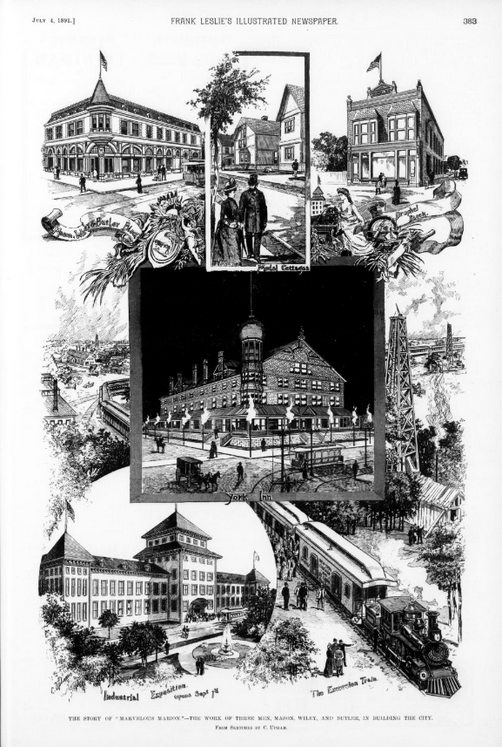
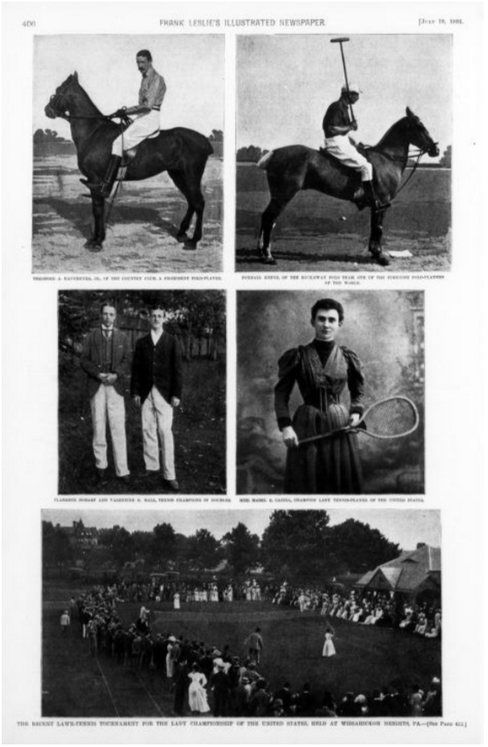
The most defining layout quality of the photo-based pages is the rectangular shape of the images (many cropped to suit page proportions) and the resulting white gutters produced by the negative spaces between them.
Using Frank Leslie’s Illustrated Newspaper as an example Chris Gavaler posits the possibility that the space between comic strip and book panels (“gutters”)were an outgrowth of late Nineteenth Century photojournalism spreads.
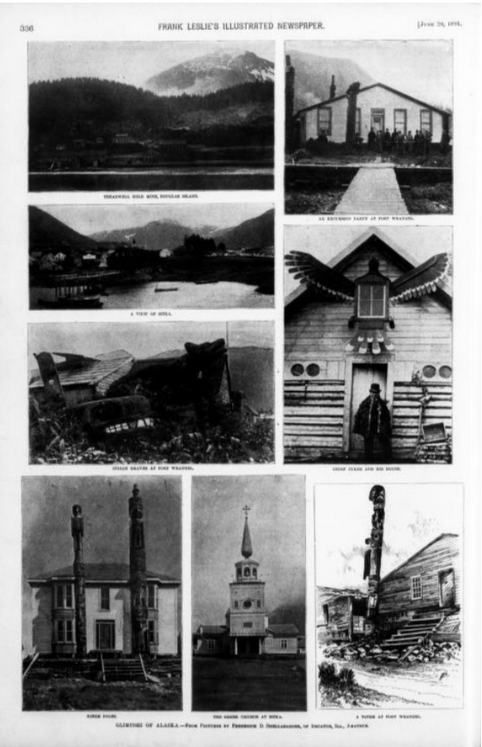
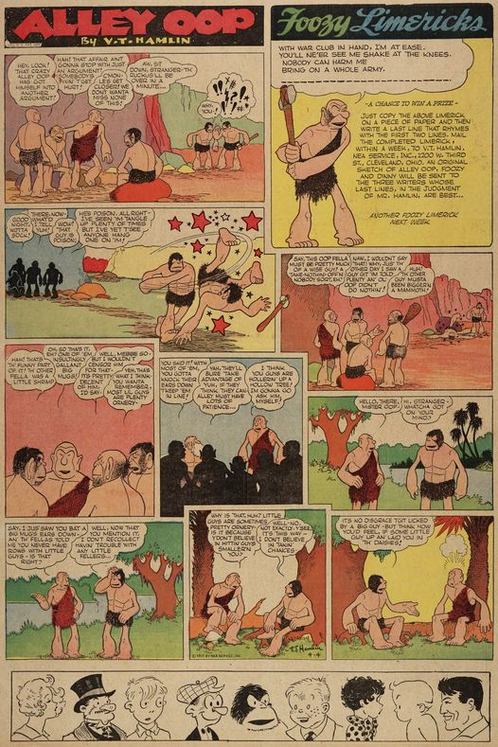
This is the third of three posts focused on the 1891 weekly run of Frank Leslie’s Illustrated Newspaper (here are links to the first and second). I’ve been intrigued by how much the multi-image full-page artwork prefigures twentieth-century comics norms
**********
Ken Hultgren’s unpublished strips with Donald Duck resurface!
Since its creation, this blog has been reporting in its subtitle three words that can in some way be considered the categories of articles published in it: “research, interviews and curiosities”. If, in recent years, research and interviews have represented most of the writings, I think that sometimes it is useful to give space to some curiosity.
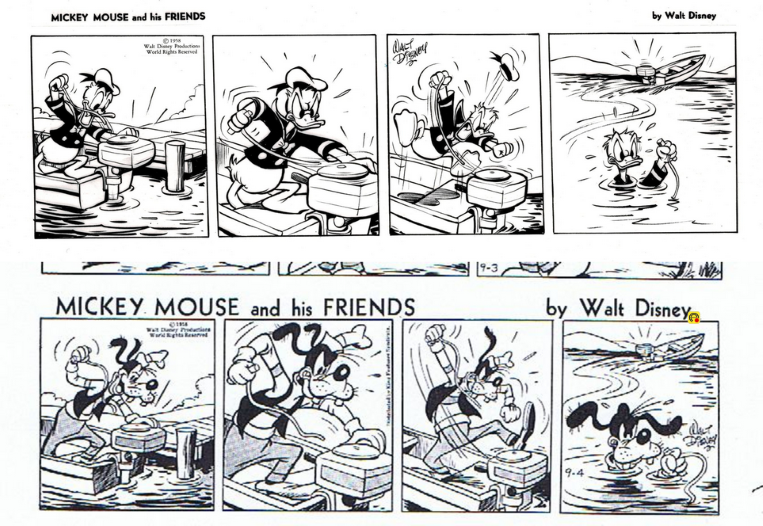
In September 1958, in fact, the daily strip of Mickey Mouse, for years now self-contained, was joined by another, without dialogue, entitled Mickey Mouse and His Friends. This new experimental production kicks off on September 1, 1958 and ended on March 17, 1962, and its authors are initially Milt Banta (
thesisscript) and Ken Hultgren (deportsdrawings), followed by Roy Williams (themesscript), Riley Thomson (deportsdrawings), Manuel Gonzales (deportsdrawings) and Julius Svendsen (deachingsdrawings).
Simone Cavazutti at Echo of the World discovers some oddities from the Walt Disney comic strip universe where strips originally featuring Donald Duck were redrawn without the famous mallard.
… as Gottfredson himself will say in an interview with Malcolm Willits dated 1968: “the two strips [that of Mickey Mouse and Donald’s] were sometimes sold to competing newspapers, so if a newspaper bought Donald, it would not have been correct that it appeared in the Mickey Mouse strip published by his rival”.
**********
Han Ola og han Per: Norskies, neighbors, and friends
Adding a bit more to our coverage of the Norwegian language U.S. based comic strip Han Ola og han Per.
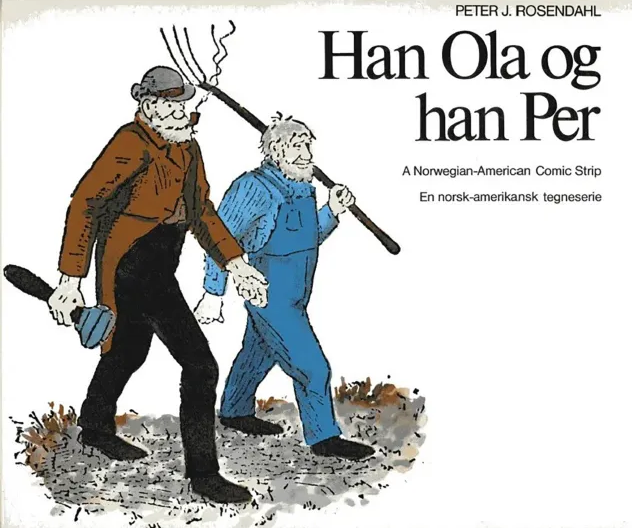
Their brand of humor may not be for everybody, but why should it be? The quirky pair of “Han Ola og han Per” are the embodiment of the Spring Grove Norwegian-American experience, something quite unique.
Over the years, The Norwegian American has published the adventures of this beloved comic strip duo. In fact, we are the owners of the comics.
Now, you are probably wondering about how this all came to be.
Lori Ann Reinhall at The Norwegian American adds a bit more to the history of Han Ola og han Per.
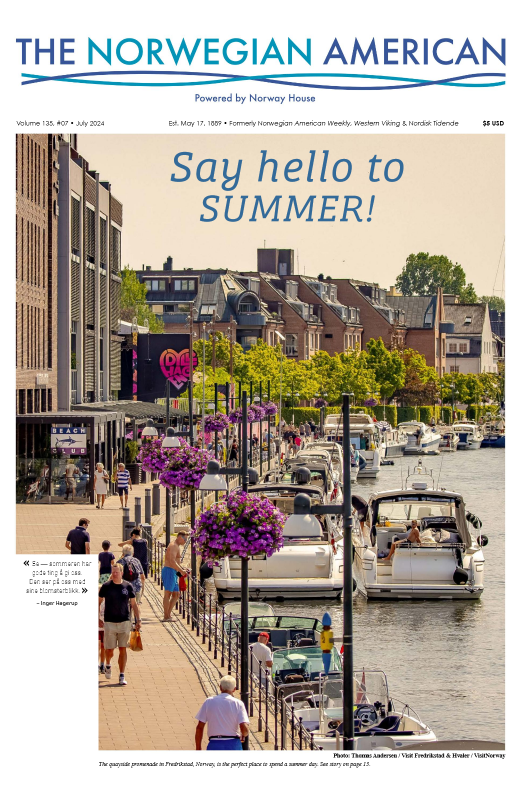
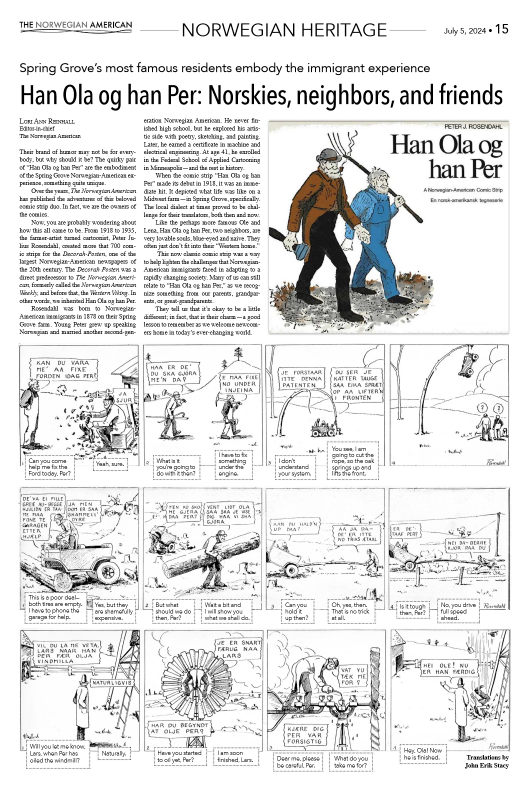
This article originally appeared in the July 2024 issue of The Norwegian American.
**********
Closer Then We Think – Syndicated Visions Of The Future (1958-1961)
As technology began to change lives in the 1950s, newspapers and magazines dedicated pages to forecasting the future. Things like nuclear power and the the space-race made dreams seem possible. American science and industry would lead us into a better tomorrow.
The rosy-fingers dawn of tomorrow was the subject of Closer Than We Think, a weekly feature produced from 1958 to 1963 for the Chicago Tribune-New York News Syndicate. It was created by Arthur Raedbaugh (1906–1974), an American futurist, illustrator, airbrush artist and industrial designer, who saw his work a being “halfway between science fiction and designs for modern living”.
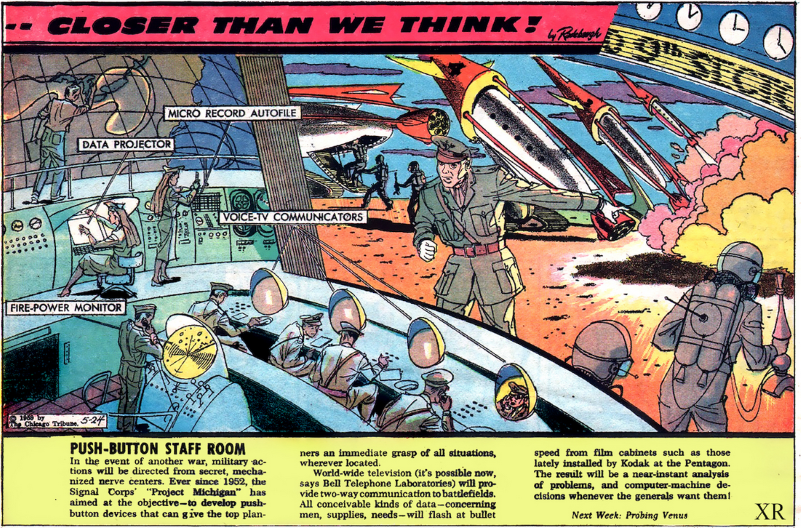
We flashback to a year old post where Sheldon D. for Flashbak profiles cartoonist Arthur Raedbaugh and shows us over a dozen samples of his Closer Than We Think! comic panels.
**********
Bud Blake Drawings for The NewsTime Fun Time Book (1964)
Bud Blake may be best known for his long-running Tiger comic strip. Before then he was a freelance illustrator and cartoonist, and before that he had a 17 year stint (working his way up the paste-up department to Executive Art Editor) at an advertising firm. He had a long and great career.
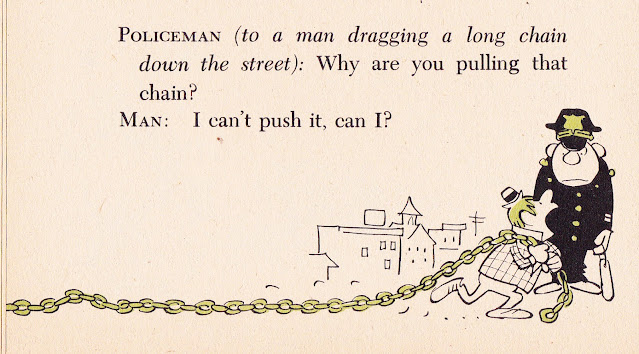
Mike Lynch delights us with some wonderful Bud Blake illustrations excerpted from a 1964 Scholastic book.
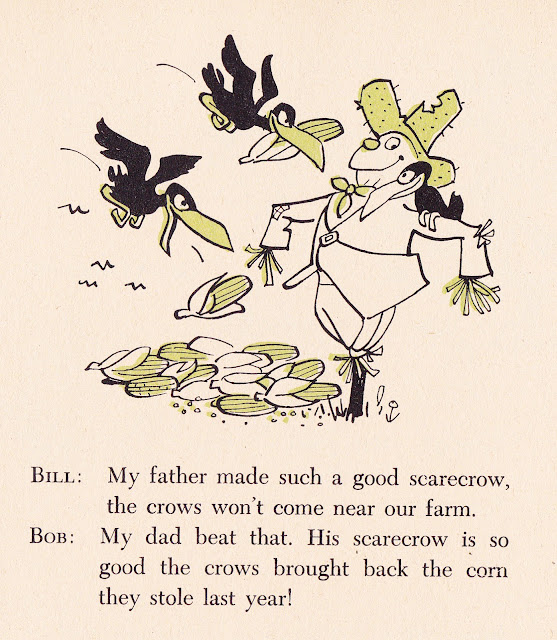


Comments 2
Comments are closed.